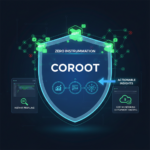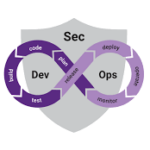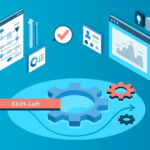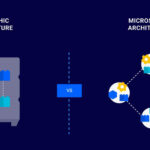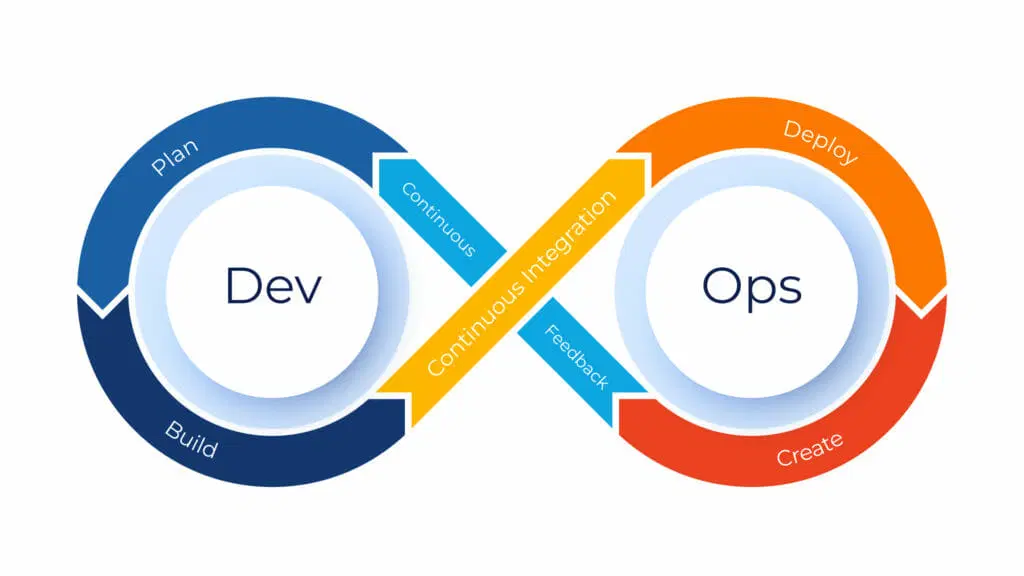
In the modern digital landscape, the traditional concept of securing an organization’s infrastructure by building a secure perimeter has become outdated. Businesses are increasingly moving to cloud environments, embracing remote work, and deploying applications across distributed systems. This decentralization makes it extremely difficult to rely on conventional perimeter-based security models, which assume that anything inside the network is trustworthy. The harsh reality is that once an attacker breaches the perimeter, they often have unrestricted access to critical systems. To counter this, organizations are turning to a more dynamic and robust model: Zero Trust Architecture (ZTA). Based on the principle of “never trust, always verify,” Zero Trust assumes that no user, device, or application is inherently trustworthy—regardless of its location.
As organizations accelerate their software delivery through modern development practices like DevOps, security needs to evolve alongside speed and agility. This is where DevSecOps comes into play. DevSecOps integrates security as a shared responsibility throughout the entire software development lifecycle, ensuring that applications are not only delivered faster but also securely. In this model, security isn’t an afterthought added at the end of the process—it’s built in from the start. When combined with Zero Trust principles, DevSecOps becomes even more powerful. Zero Trust enforces strict access controls, continuous authentication, and real-time monitoring, making it an ideal security model for DevSecOps teams working in highly dynamic, automated environments.
The core idea behind Zero Trust is simple yet powerful: always assume breach. This means every access request—whether it’s a user logging in, a service calling an API, or a workload accessing a database—must be authenticated and authorized. This is a major shift from traditional thinking, where once a user was inside the system, they were trusted. With Zero Trust, every transaction is treated as a potential risk. This fits naturally into the DevSecOps philosophy, where automation, security, and speed go hand in hand. Development teams can continue to move quickly while Zero Trust ensures that each part of the system is continuously protected.
A key benefit of Zero Trust in a DevSecOps environment is least privilege access. This principle ensures that users and applications only get the minimum permissions necessary to perform their tasks. By limiting access, organizations can reduce the impact of any potential breach. Alongside this, micro-segmentation—which involves dividing networks and workloads into smaller, isolated segments—helps contain threats and prevent them from spreading laterally. Together, these techniques drastically reduce the attack surface and make it harder for malicious actors to gain traction within a system.
Another important aspect is identity and access management (IAM). In a Zero Trust model, identity becomes the new perimeter. Every user, device, and service must verify its identity through strong authentication before being granted access. This is especially important in DevSecOps, where automated tools, scripts, and services interact with each other constantly. Zero Trust ensures that only verified and authorized processes are allowed to perform actions, which helps prevent unauthorized access—even from within the system. This layer of continuous validation adds a powerful security barrier in the CI/CD pipeline.
One of the strengths of DevSecOps is its reliance on automation—and this aligns perfectly with Zero Trust. Security policies can be defined as code and automatically enforced throughout the development and deployment lifecycle. Tools can be configured to verify code integrity, enforce access policies, and trigger alerts when suspicious behavior is detected. This means security teams no longer need to manually intervene in every step; instead, Zero Trust principles are embedded into the pipeline and applied consistently, without slowing down the pace of development.
Implementing Zero Trust in DevSecOps brings tangible benefits. It improves threat detection by continuously monitoring behavior across the network, making it easier to spot anomalies in real-time. It helps with compliance, since organizations can maintain detailed logs and proof of access control. It boosts overall security posture by preventing unauthorized access and limiting the damage from insider threats or compromised credentials. Most importantly, it creates a culture of accountability and security awareness across development, operations, and security teams alike.
To better understand this in action, imagine a DevSecOps pipeline where Zero Trust is fully integrated. A developer commits code, which triggers automated scans for vulnerabilities. Only authorized users and services can interact with the code repositories, build tools, and cloud infrastructure. Each service call during deployment must be verified using certificates or tokens. Logs are continuously analyzed to detect abnormal behavior. If a compromised script attempts to access sensitive resources, access is instantly denied and alerts are raised. All of this happens automatically, with minimal manual effort.
However, it’s important to note that adopting Zero Trust is not a one-time implementation. It’s a strategic shift that requires changes in mindset, tools, and workflows. Organizations may face challenges such as integrating with legacy systems, managing identities at scale, and ensuring performance doesn’t suffer due to constant verification. But by starting small—perhaps with critical systems or high-risk access points—and gradually expanding Zero Trust policies, companies can transition smoothly. Training teams and promoting a culture of shared responsibility also help ensure long-term success.
In conclusion, as software delivery becomes faster and more complex, organizations can no longer afford to treat security as an afterthought. Zero Trust Architecture offers a resilient, context-aware approach that aligns perfectly with DevSecOps practices. By continuously verifying identities, enforcing strict access policies, and monitoring behavior in real-time, Zero Trust empowers teams to innovate quickly—without compromising on security. For modern businesses, this combination of speed and safety isn’t just a best practice—it’s becoming the new industry standard.
Follow us for more Updates

